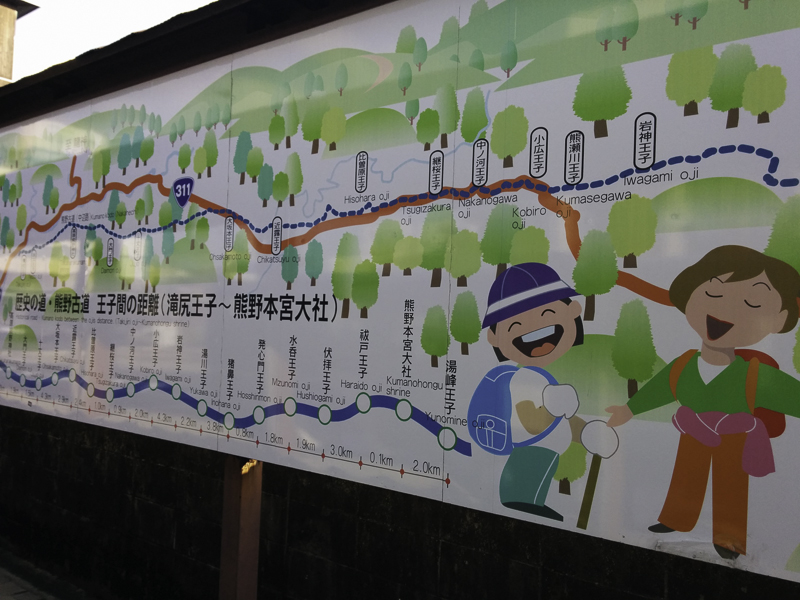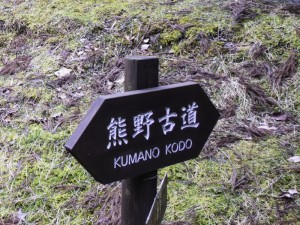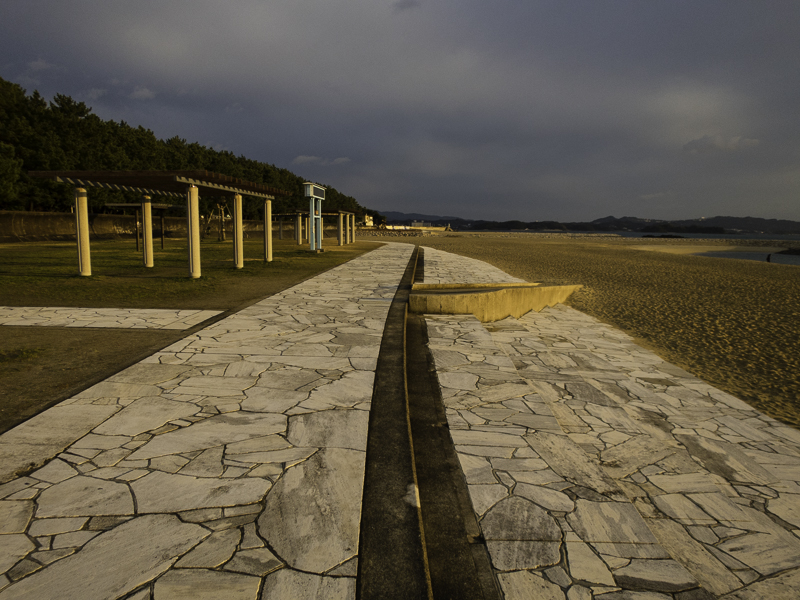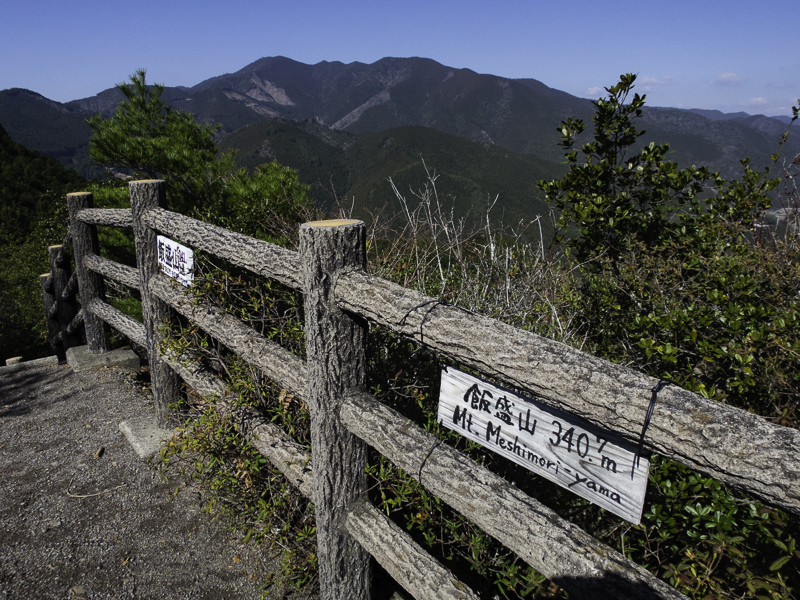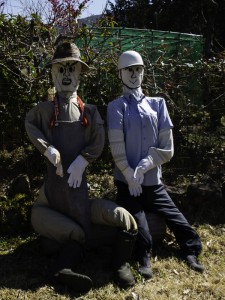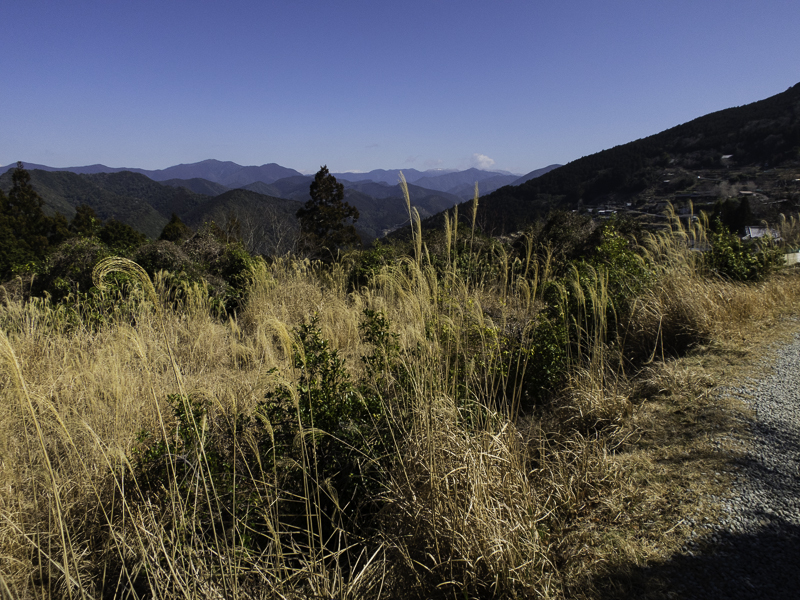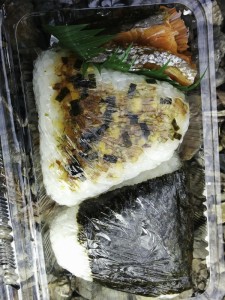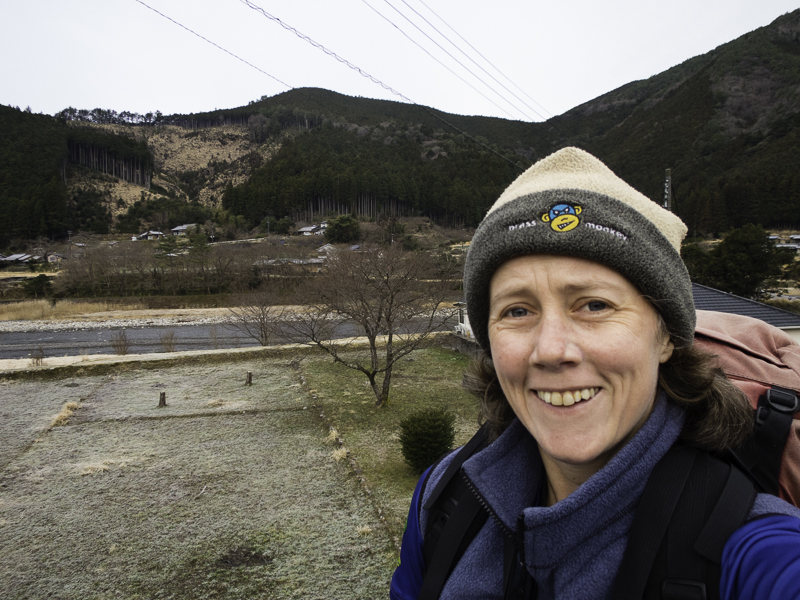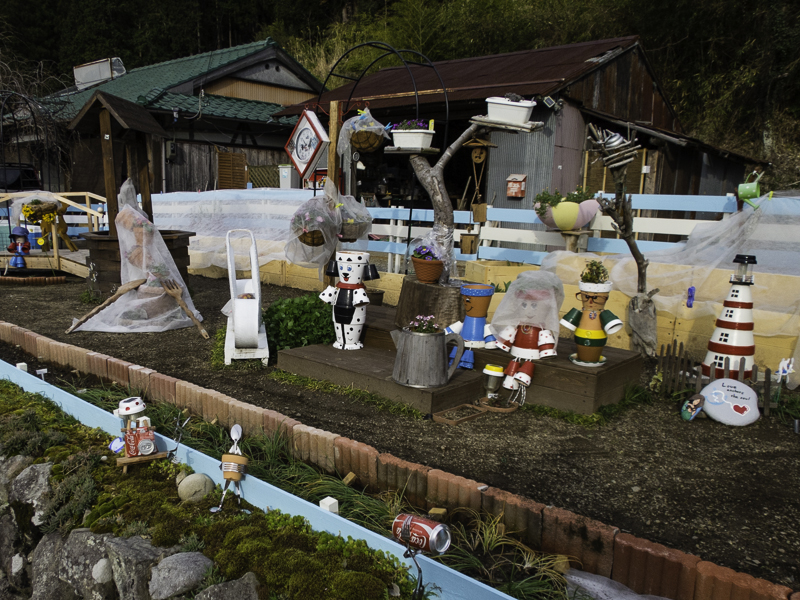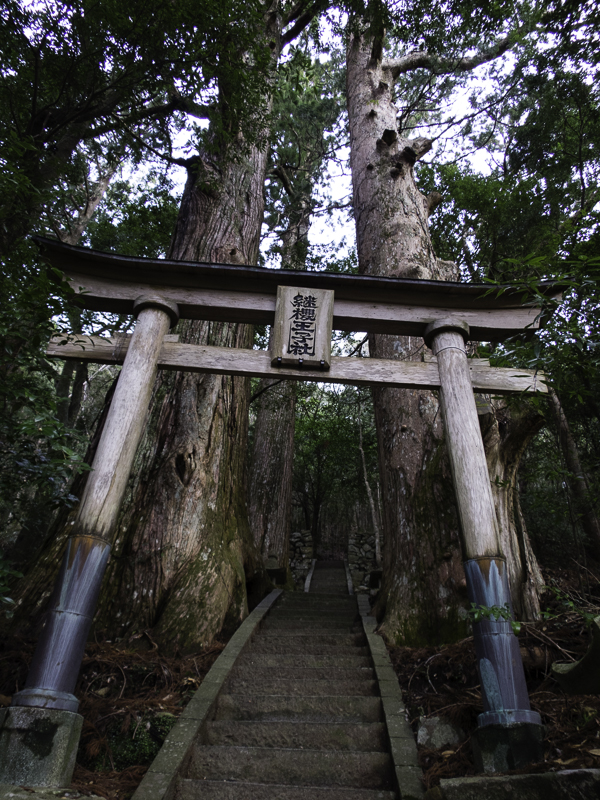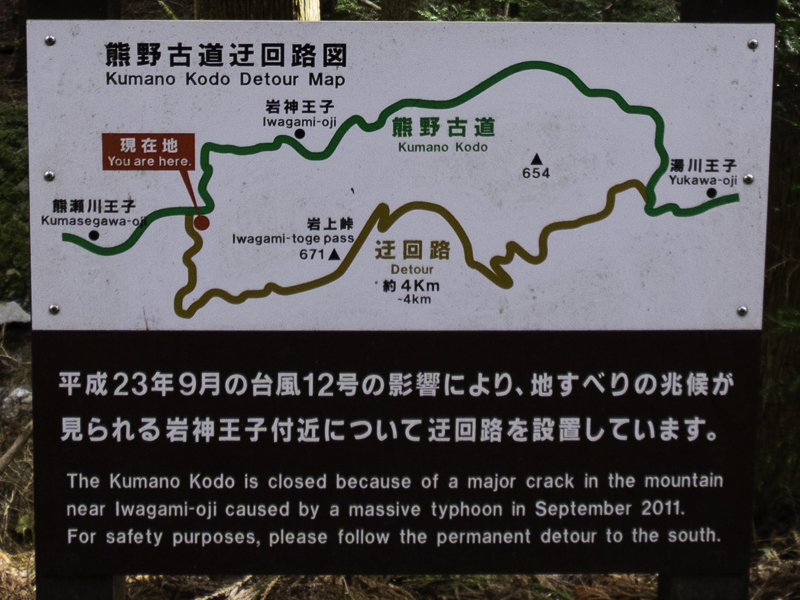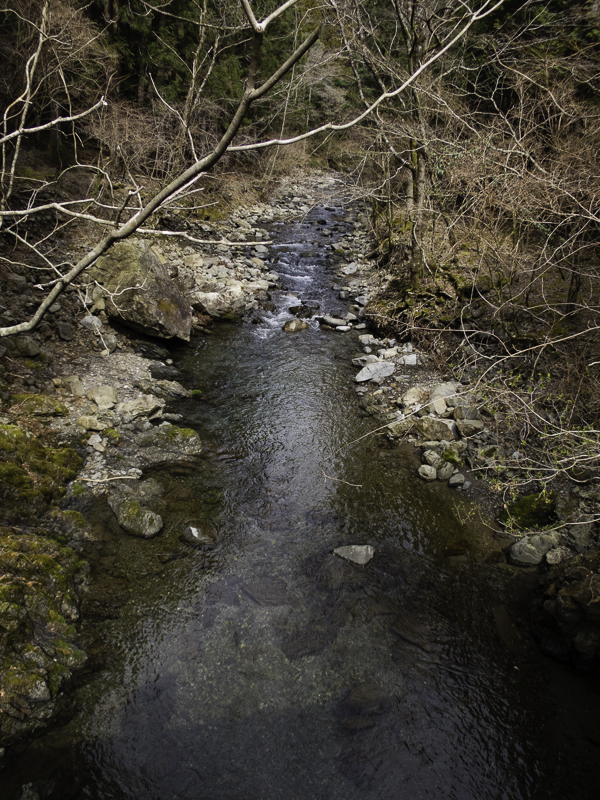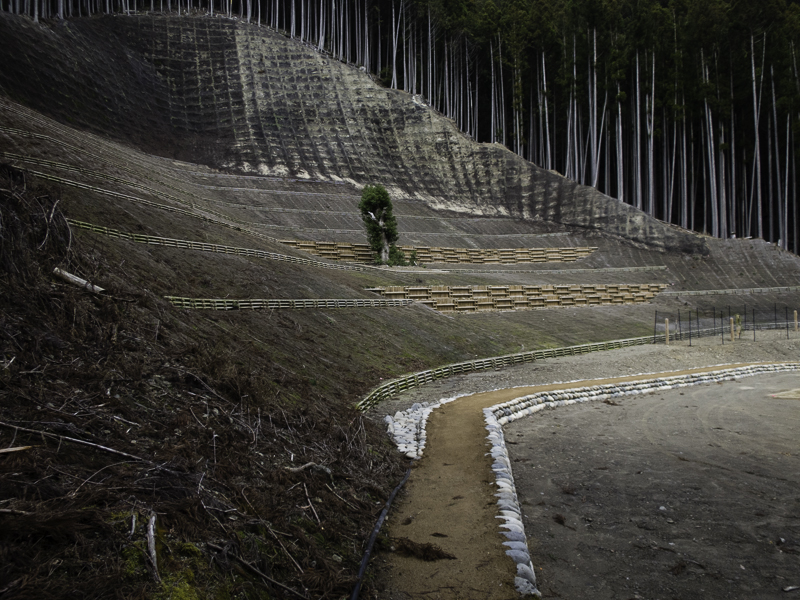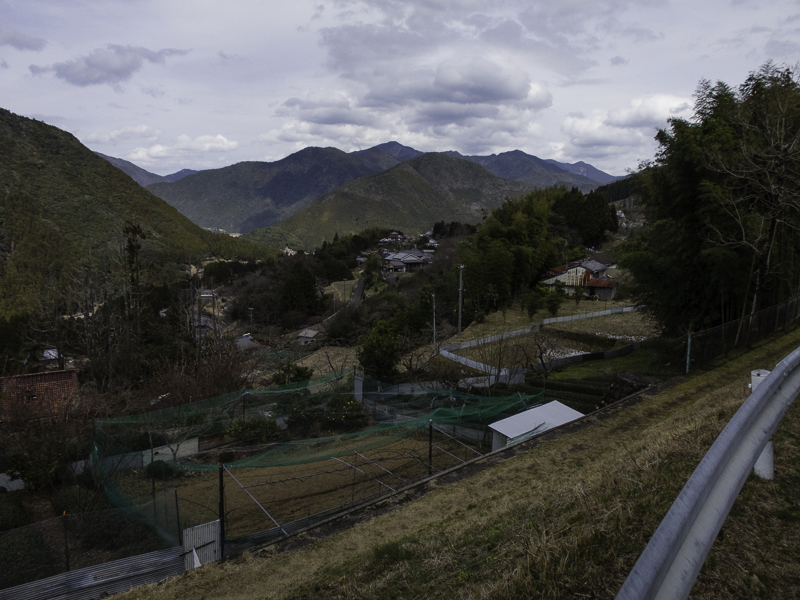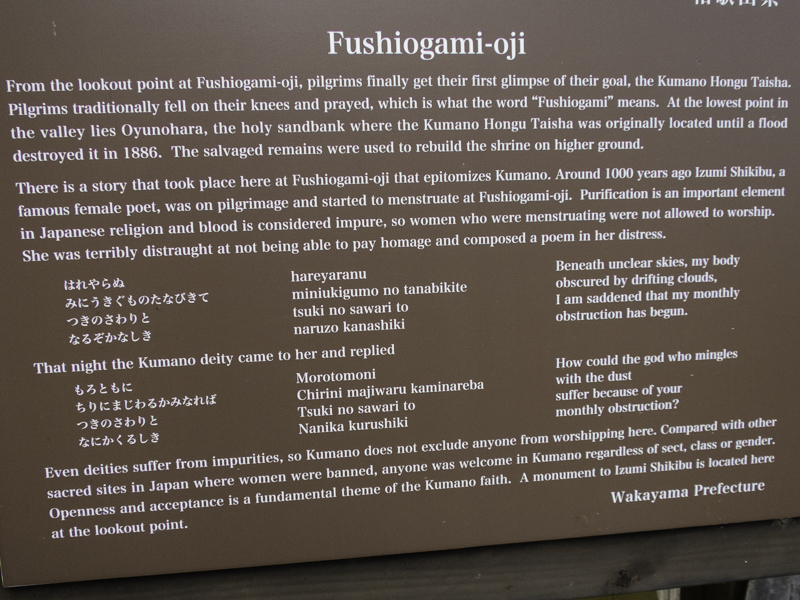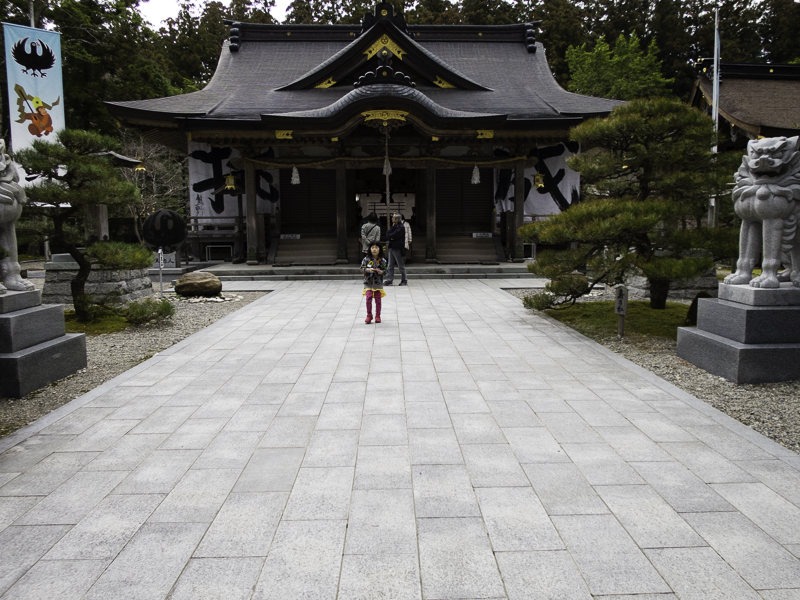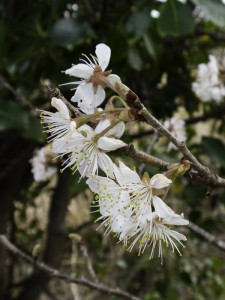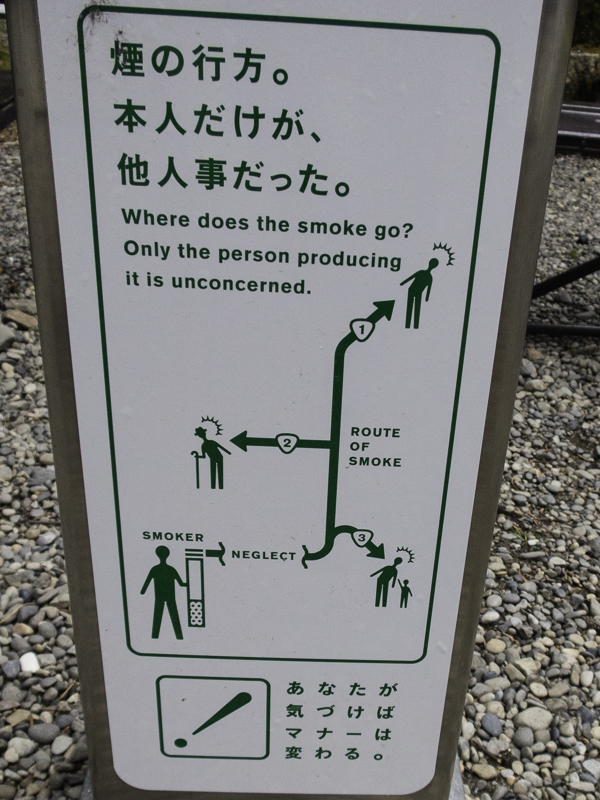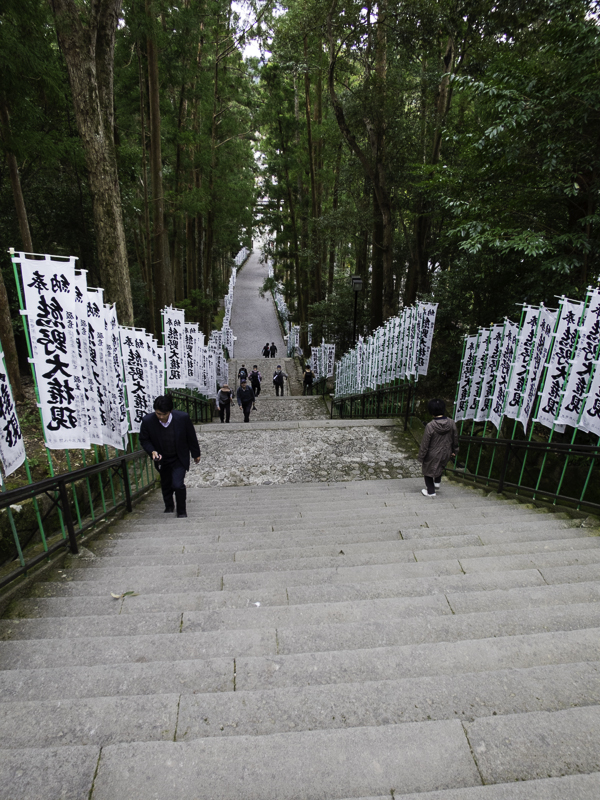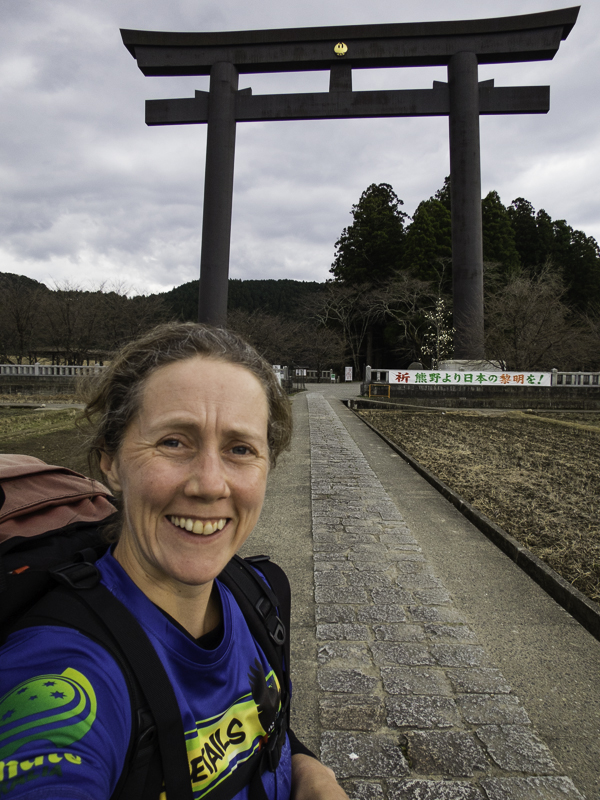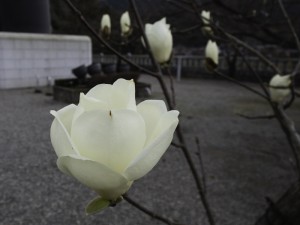Kumano Kodo – Japan (March 2016) – Part 1
March in Japan is early Spring and depending on location there is potentially still a lot of snow on higher peaks – not a time where there is a lot of choice for hiking sans crampons. I was going to be in Japan anyway and I’d already booked additional days to go hiking so I was searching for a snow-free hiking location.
Initially I’d considered doing day walks around the Tokyo / Fuji area but I struggled to come up with a cohesive plan that wasn’t going to involve negotiating public transport every day. I was thrilled when I discovered a multi-day hike option on the Kii Peninsula – along with the excellent English-language website of the Tanabe Tourist Board (http://www.tb-kumano.jp/en/). The website allows you to pick accommodation, book a luggage shuttle (if desired), order lunch boxes and provides model itineraries alongside information on how to ride a local bus and Japanese bath etiquette. In short it makes the planning easy for an area where there’s not much English spoken.
I settled on the Kumano Kodo Nakahechi Route which is a 66-70km (depending on exactly which sections you walk) route normally done over 4 days (though fit people could condense to 3). The Kumano Kodo is a pilgrimage route – used since the 10th Century leading to several major shrines. It’s definitely not wilderness walking but it is a great way to experience Japanese culture and food while getting some walking in. The Kii Peninsula is a very wet area – with annual rainfall of 2,887mm (about twice Sydney’s average rainfall). The wettest time of the year is June – Sept but March still averages 157mm. I got a lucky weather window – no rain at all while I was walking.
The day after Dream Cup I got the train to Kii-Tanabe and had a night there before taking a bus to the start of the route at Takijiri-oji.
My first day of walking was from Takijiri-Oji to Chikatsuyu – 14km, with 600m ascent and 400m descent. There was a steep ascent from the get-go.
I only saw 3 other people on the route all day. It was a beautiful blue sky day but bitterly cold despite the sun. My down jacket was out at morning tea to try and keep the chill wind out.
I had arranged to stay at minshukus, family run guesthouses, each night. My first night was spent at Minshuku Chikatsuyu. One of the great things about Japan is their bathing culture – and along this route there are several hot springs. The onsen at Minshuku Chikatsuyu was lovely and an excellent way to end a day of walking. The minshukus generally provide full board i.e. dinner and breakfast, and optionally a lunch box for the next day. The meals at every place I stayed were delicious and substantial.
After dinner on the first night my host sat me down and talked me through the seriousness of my next day’s walk. It was a significantly longer day – 25km compared to the 14km, and he wanted to make sure I understood the timing I needed to hit in order to get to my next destination on time (being late for dinner which is normally served at 6pm is a big no, no). I was well aware of the route but I’m guessing a lot of people turn up without having done that much research and get in over their heads. Normally I wouldn’t be worried but I had a few niggles so I was concerned about how my body was going to hold up. An advantage of walking in this area is the bus network which allows you to skip sections / modify your route depending on weather/fitness/inclination. Given the fine weather forecast I was reluctant to use a bus so I just crossed my fingers and spent a lot of time with my lacrosse ball trying to loosen up my muscles that night!
As it turned out Day 2 wasn’t that bad – yes, there was 25km to cover (850m ascent / 1000 descent), but the first 7km was largely flat and on rural (asphalt) roads, likewise the final 7km. This left 11km in the middle which was on bush tracks and went over 3 passes.
I made it to Hongu by 2:30pm, having left Chikatsuyu at 7:40am. This left me a good amount of time for checking out the shrine in Hongu, and Oyunohara the largest Torii gate in Japan.
I had one of the best coffees of my trip at the café at the shrine entrance.
From Hongu I needed to get to Yunomine Onsen where I was booked to stay for the night. I could either get a bus for 10 minutes, or walk an additional 3.4km (including a 300m ascent and 200m descent!) to get there. I had been sure I would get the bus, but my coffee re-invigorated me and having walking to the Torii gate I realised I’d already covered 1 km of the 3.4km so I decided to do the Danichi-Goe section of the route.
Yunomine Onsen is a small village famous for its hot springs. All of the accommodation in the village has hot spring fed baths. It was wonderful to soak in the batch at Minshuku Teruteya after almost 30km of walking.
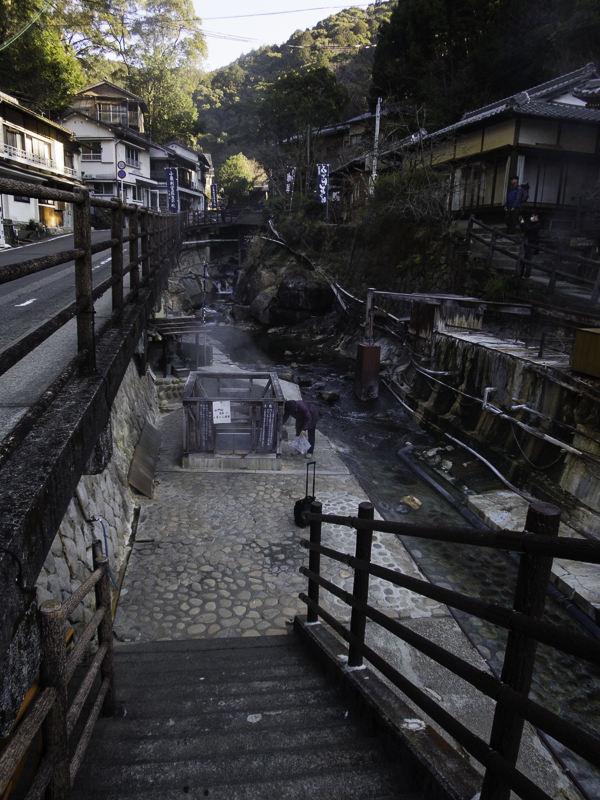
The main street of Yunomine Onsen village. The lady in the middle of the photo is cooking eggs in the communal cooking hot spring.

